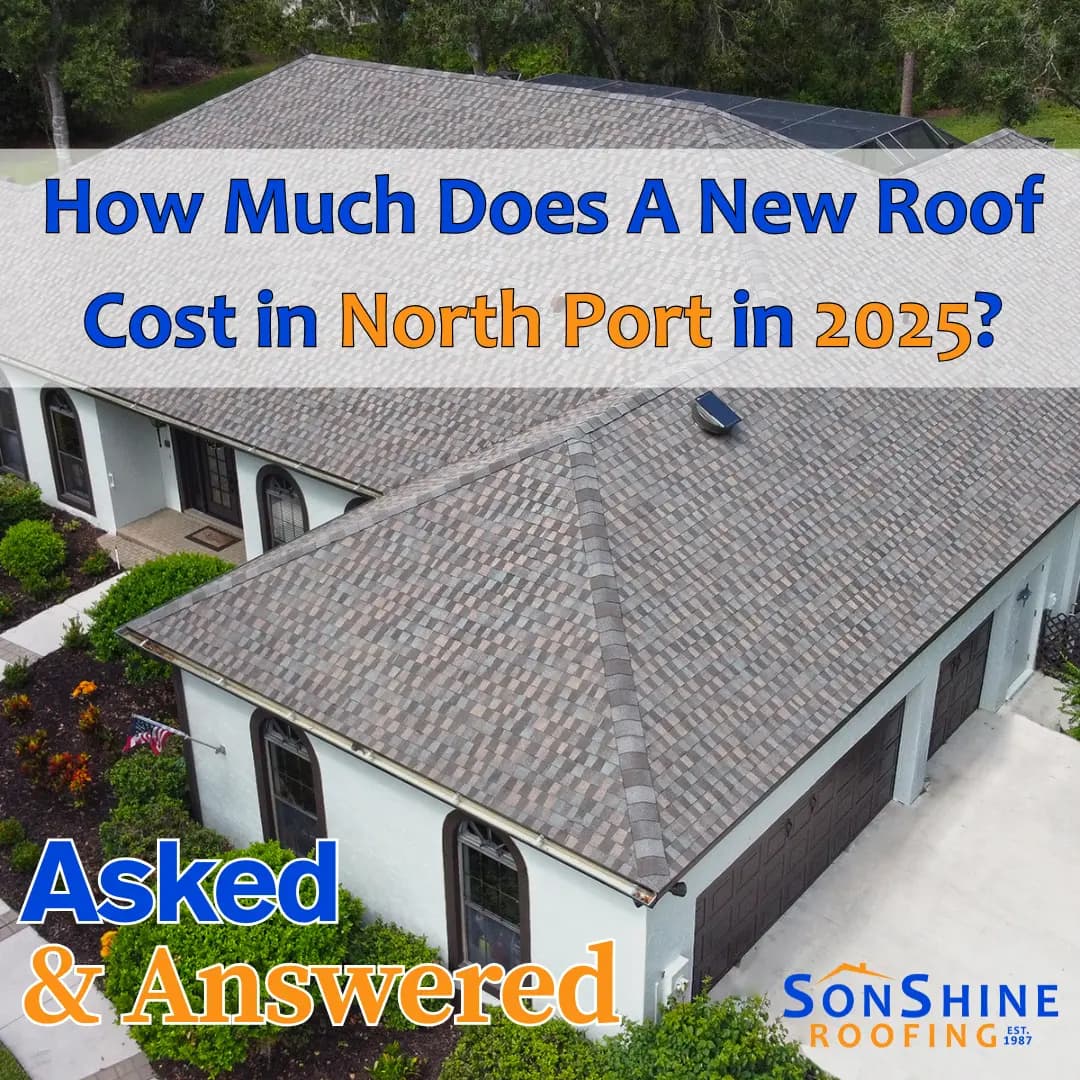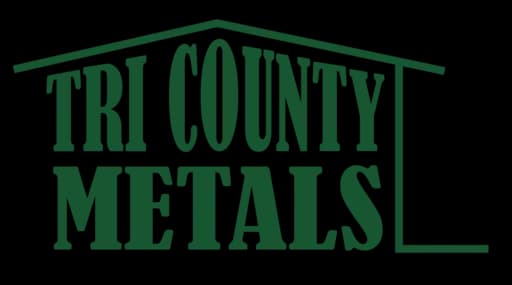Parts of a Roof: Essential Components Every Homeowner Should Know
At first glance, roofs appear pretty simple. But there’s much more than meets the eye when it comes to the parts of a roof that protect your home from weather and wear.
While homeowners may stay on top of plumbing and HVAC maintenance, staying informed about roof components can actually impact your home’s value—and even be a dealbreaker when selling.
Understanding the roofing system helps you recognize when you need repairs, replacements, or routine inspections. Let’s explore the essential parts of a roof and what each one does.
Take the first step
Schedule a fast, no-pressure visit. Since 1987 we’ve got you covered.
Get startedShingles
Shingles are the visible, outermost layer of protection for your home. Usually made of asphalt or composite materials, shingles also add to your home’s curb appeal with a variety of colors and textures.
Decking (Sheathing)
This structural layer lies beneath the shingles and provides a surface for them to be nailed into. Most often made from plywood or OSB, decking is key to keeping the entire roof intact.
Gutters
More than just a place for leaves to gather, gutters are critical for directing rainwater away from your home’s foundation. Well-functioning gutters help prevent erosion, basement leaks, and siding damage.
Ridge
The ridge is the topmost horizontal edge of a roof where two sloping sides meet. Ridge vents are often installed here to help ventilate the attic and improve energy efficiency.
Valley
Valleys are where two sections of a roof meet at a downward angle. These areas handle high water flow and are prone to leaks if not properly maintained or flashed.
Flashing
Flashing consists of thin, rust-resistant metal strips installed around vulnerable areas such as valleys, chimneys, skylights, and intersections with walls. Flashing helps direct water off the roof and into the gutter system.
Underlayment
Installed directly on the decking beneath the shingles, underlayment acts as a moisture barrier and offers secondary protection against leaks.
Dormer
Dormers are roof structures that protrude outward and typically contain windows. While not present on every roof, they enhance natural light and provide architectural character.
Gable
The gable refers to the triangular section at the end of a sloped roof. Gable roofs are one of the most common and easily recognizable roof designs.
Drip Edge
The drip edge is metal flashing installed along the edges of the roof. It helps channel water into the gutters and prevents it from seeping under the shingles or rotting the fascia board.
Why Knowing the Parts of a Roof Matters
Understanding the parts of a roof helps homeowners spot issues early and make informed decisions about maintenance and replacement. Keeping up with inspections and repairs can extend the life of your roof and protect your investment.
And remember: working on a roof can be dangerous. Each year, half a million people are injured from ladder falls during home repairs. Stay safe by leaving roofing inspections and maintenance to the pros.
Don’t wait for problems to escalate. Schedule a routine roof inspection to catch issues early and maintain your roof’s longevity.
Have questions about your roof’s components or need a consultation? Contact us today—our experts are ready to help.















